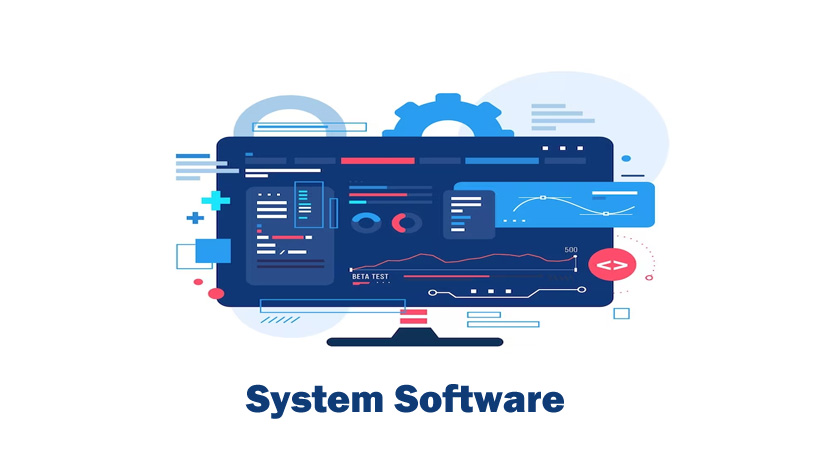System software is a program designed to run a computer hardware and its applications. It also helps manage resources such as processors, devices, and memory. It will also allow a platform to run application software. This software is bundled with a computer operating system. This software has various types, such as Mac OS, Windows, Linux, etc. Each type of software has its own set of characteristics.
Types of System Software
As we have seen, system software is crucial for a computer to function correctly. There are various types of this software, but let us discuss a few of them in this article:
Utilities
The software program will help maintain and optimize the computer’s performance. One of the examples of utility programs is file managers. It is said to be bundled with the operating system. Apart from this, you can also download it from the Internet.
Operating System
The operating system is one of the most essential kinds of it. An operating system is something that controls how your hardware works. It will manage the computer memory, processor, and more of its hardware and software.
Device Drivers
It is a tiny program that allows a computer to link with its hardware devices, such as a keyboard, mouse, printer, and more. It isn’t easy to connect the hardware, or it does not work without the device drivers.
Benefits
System software facilitates communication and data exchange between different processes and applications running on the system. This enables collaboration and coordination among various components, enhancing overall system functionality.
It includes optimization techniques and algorithms to improve system performance and responsiveness. This may involve caching, prefetching, and other strategies to reduce latency and enhance efficiency.
This software implements security measures to protect the computer system from unofficial access, malware, and other threats. This includes user authentication, access control, encryption, and firewall capabilities that safeguard sensitive data and prevent compromise.

